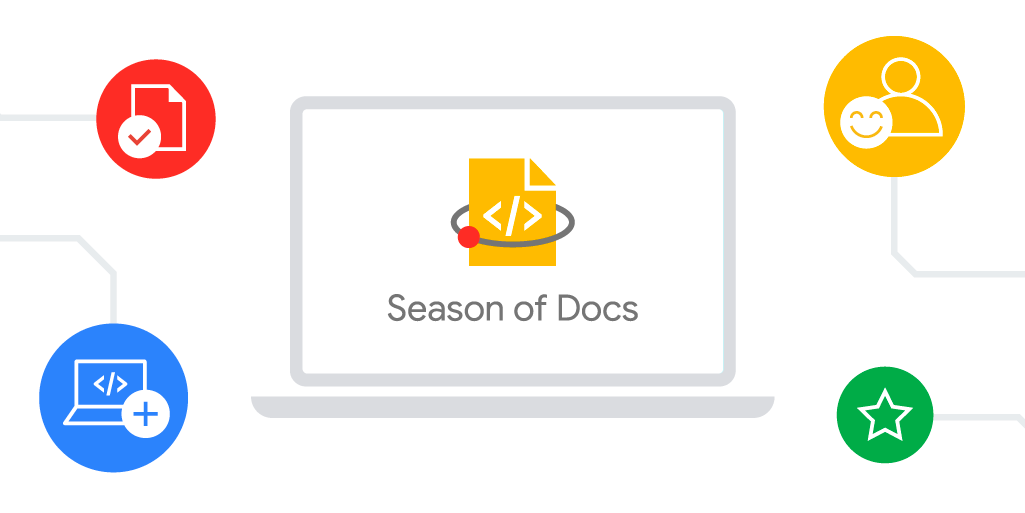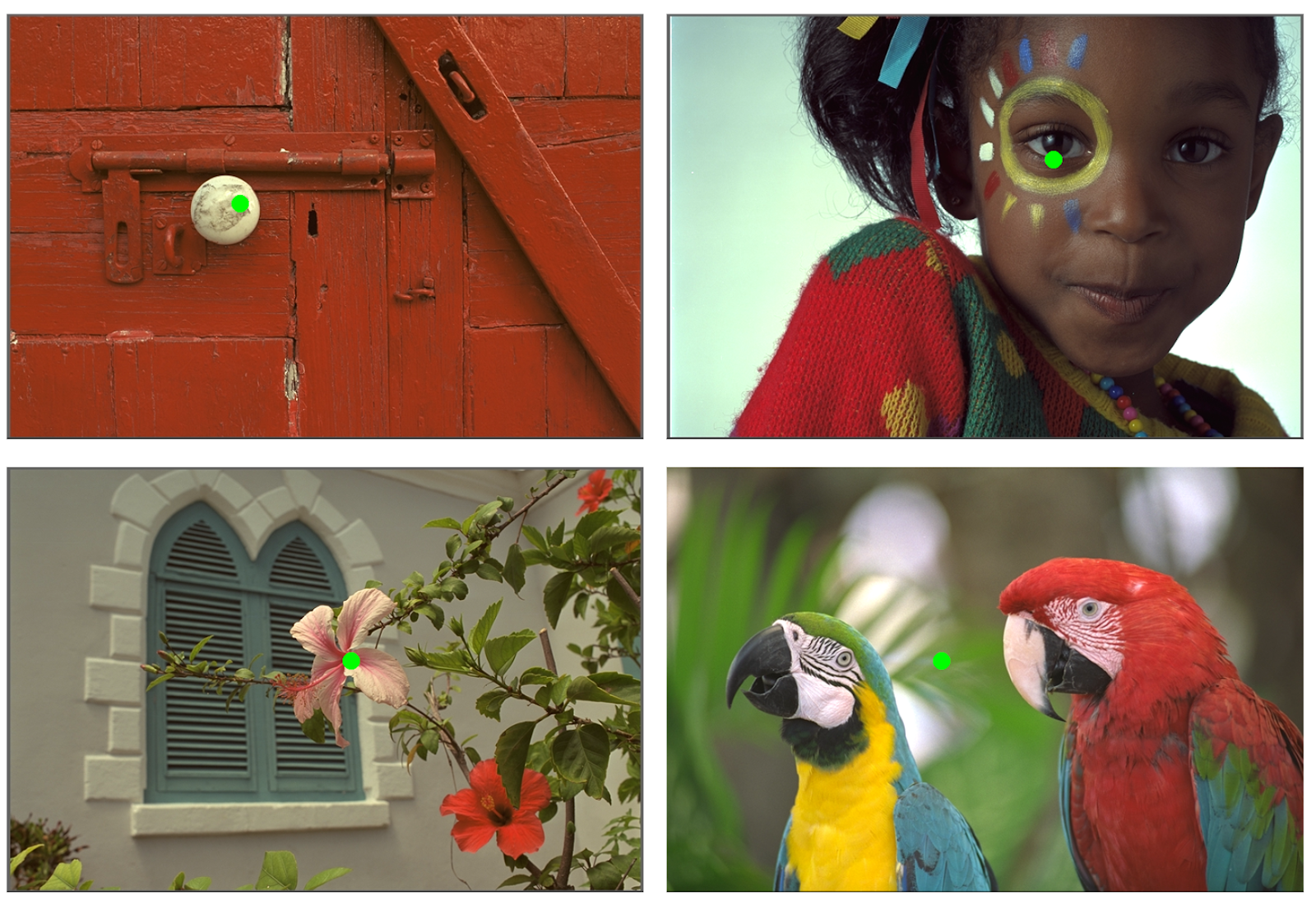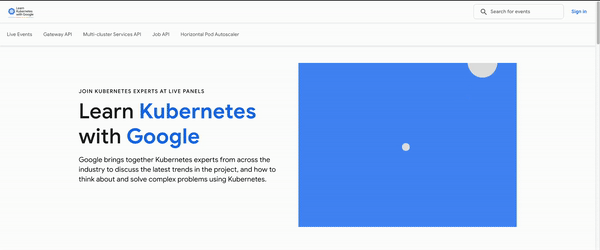Introduction
Google Cloud VMware Engine is a Google-managed VMware platform that customers can use to run their VMware workloads on Google Cloud. VMware Engine private clouds consist of VMware ESXi clusters that are managed by Google. Customers manage the virtual infrastructure of private clouds using VMware vCenter and VMware NSX-T for software-defined networking. The GCVE IaC Foundations code guides customers to automate the configuration of several layers of the infrastructure and virtualization stack, using infrastructure as code. This includes the integration of platform logging and monitoring with the Google Cloud Operations Suite, configurations such as VM folders, permissions and VM deployments in vCenter and network configurations in NSX-T, including subnets, firewalls, and load balancers.
The use of infrastructure as code for a VMware Engine Private Cloud offers multiple benefits, including:
- Providing consistent and repeatable deployment templates which can be reused across SDLC environments to reduce human error and shorten configuration times.
- Enabling continuous integration using GitOps workflows to improve collaboration between engineers and increase reliability in the release process.
- Offering version control of configuration templates to track changes in the infrastructure and a simple method to revert changes to a previous configuration.
Technical Details
The Google Cloud VMware Engine IaC Foundations Github repository contains Terraform modules and sample code for maintaining VMware Engine, vCenter and NSX-T configurations using infrastructure as code. The repository is structured as follows:
├── examples
│ ├── nsxt-gateway-firewall
│ ├── nsxt-load-balancer-pool
│ ├── nsxt-load-balancer-service
│ ├── ...
├── modules
│ ├── nsxt-gateway-firewall
│ ├── nsxt-load-balancer-pool
│ ├── nsxt-load-balancer-service
│ ├── ...
└── stages
├── 01-privatecloud
├── 02a-nsxt
├── 02b-vcenter
├── 03-vms
└── 04-load-balancingThe modules directory contains the Terraform IaC modules for GCVE (vCenter & NSX-T) resource types. Each module has a corresponding example in the examples directory. Modules and examples are meant to be discrete and function as the building blocks for managing GCVE at scale.
The stages directory contains sample deployments composed from modules for each of the different stages of the foundational deployment. These stages should be executed in the order they are listed. Stages may also be delegated to different teams within an organization depending on organizational roles and responsibilities. As an example, there may be a team that manages vCenter, while a Networking team manages NSX-T and each team has their own code repository for configuration management.
The individual stages deploy the following components:
Deployment Walkthrough
To deploy the sample stages you will need to clone the gcve-iac-foundations repository and have Terraform 1.3.x or later installed.
To deploy the stages proceed in order in the stages directory from 01-privatecloud until 04-load-balancing. In each directory perform the following:
- Copy terraform.tfvars.example to terraform.tfvars and customize any values as necessary
- Run `terraform init`, `terraform plan` and `terraform apply`
Each of the stages and examples contain reference terraform.tfvars files which can be used in the initial stages to test deployment and later customized to meet specific requirements.
As an example, the following Terraform configuration can be used to configure the NSX-T distributed firewall:
dfw_policies = [
{
display_name = "dfw_allow_policy"
sequence_number = 1
rules = [
{
action = "ALLOW"
destination_groups = ["10.123.1.0/24"]
source_groups = []
direction = "IN_OUT"
display_name = "dfw-allow-ssh"
logged = false
services = ["SSH"]
},
{
action = "ALLOW"
destination_groups = ["10.123.2.0/23"]
source_groups = ["10.200.1.0-10.200.1.128"]
direction = "IN_OUT"
display_name = "dfw-allow-dns"
logged = false
services = ["DNS"]
},
]
},
<…snip…>
]Apply the Terraform configuration from a terminal using
terraform init // initialize the provider and modules
terraform plan // validate the expected Terraform configuration on the console
terraform apply // deploy the configuration in NSX-TTry it yourself
Whether you consider using VMware Engine for your VMware workloads or you actively use the service already, give it a try and clone the repository into your environment and go through the provided deployment examples and stages of the repository. Review if you can automate any processes that you perform manually today using infrastructure-as-code and improve your VMware operations using the content from the foundations repository.
We would like to get your feedback! If you encounter any issues or you have any feedback or suggestions for improvement, create an issue directly on the repository on Github. We would also like to encourage you to create pull requests to the main branch if you like to become an active contributor. To get started, review how to contribute on Github.
By Konrad Schieban and Jason Steenblik – Google Cloud
Acknowledgments:
Thank you to the following team members who made this solution possible: Kumari Renuka, Ashwin Naik, Leandro Carracedo, Eric Danan, and Umesh Kumhar from Google Cloud.


















 We are thrilled to announce the 2023
We are thrilled to announce the 2023